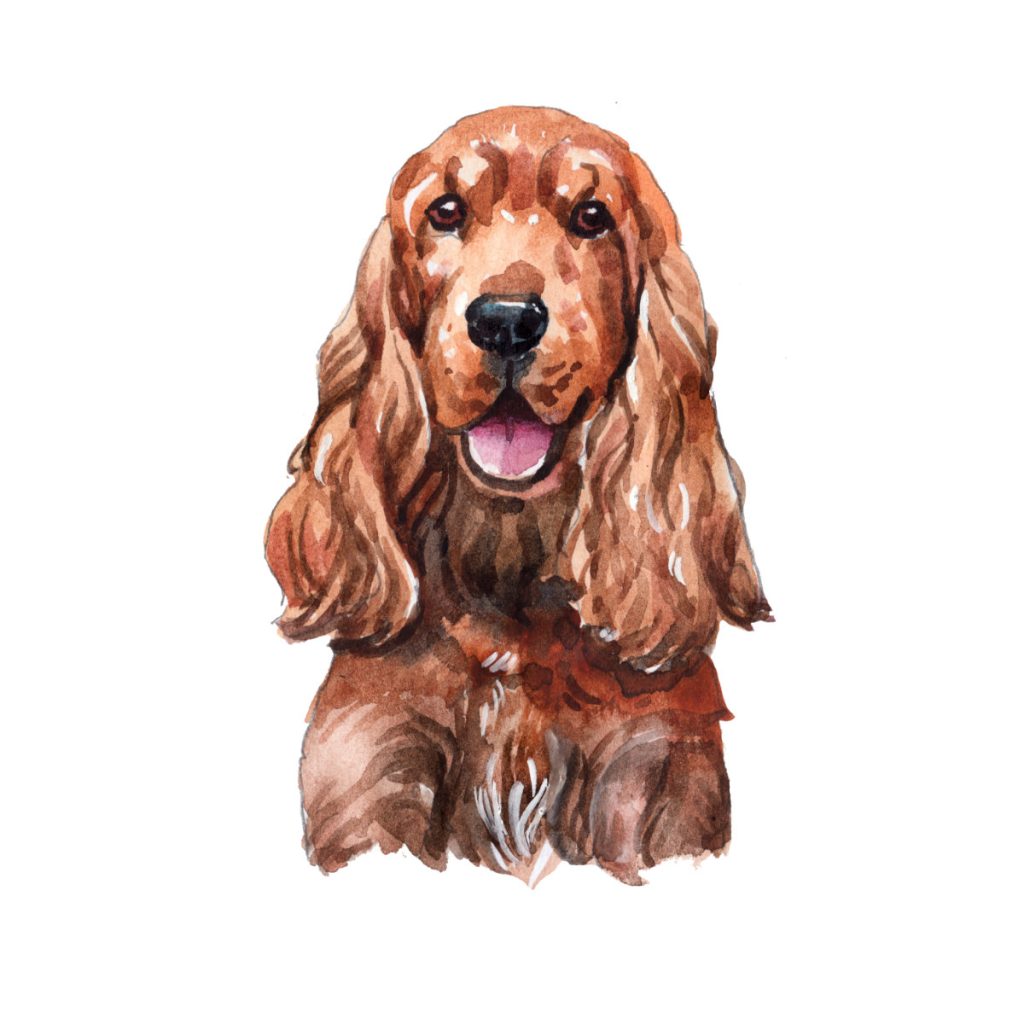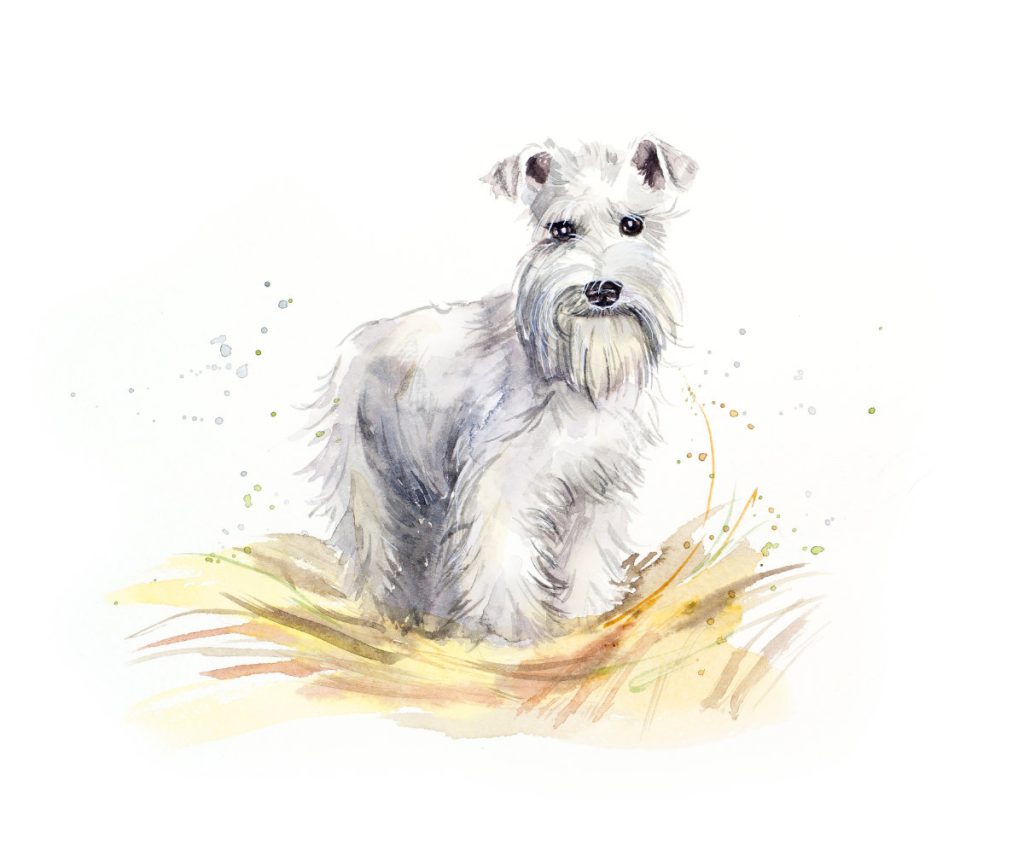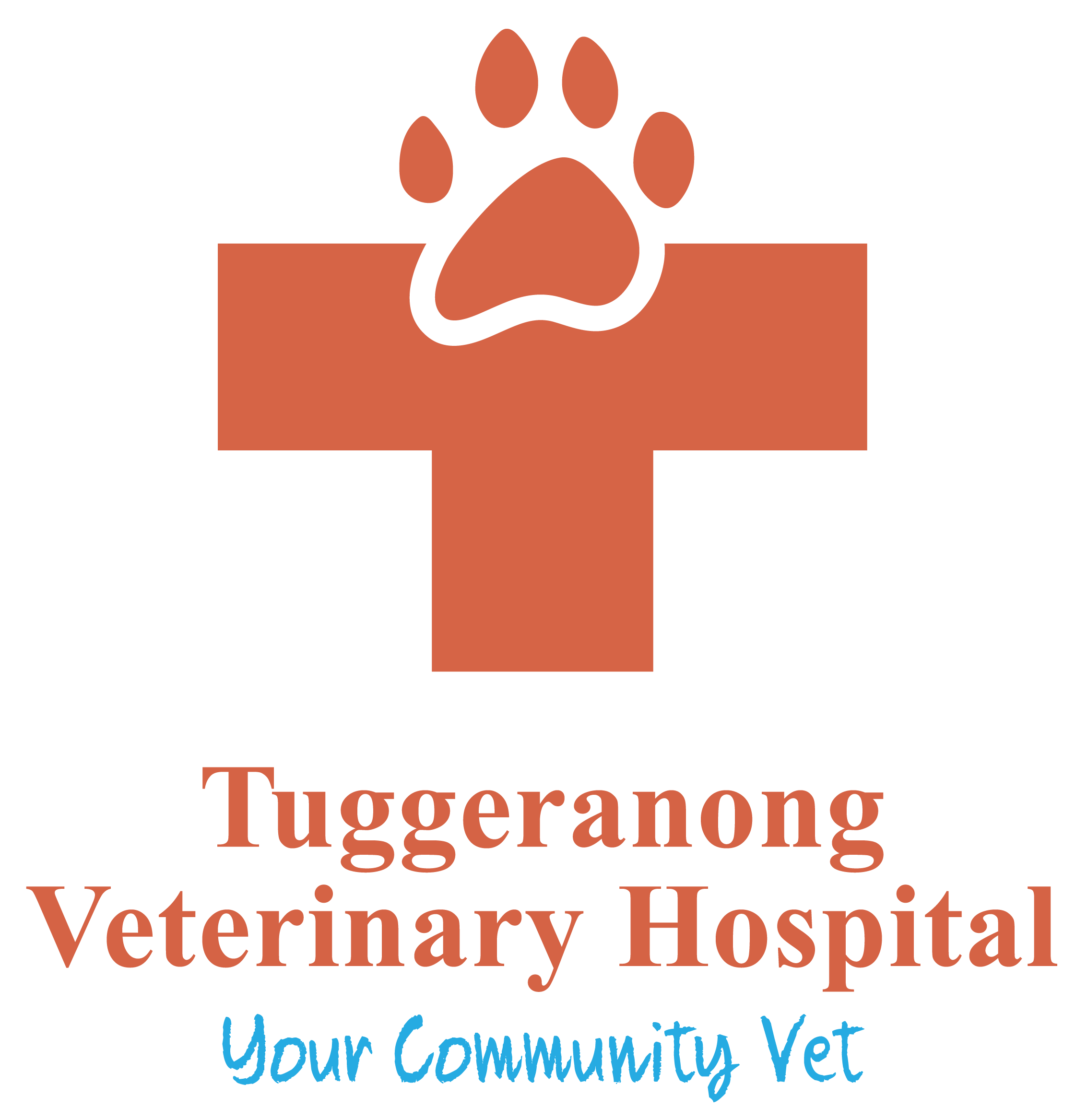Cushing’s Disease
What Exactly is Cushing’s Disease? Cushing’s disease (hyperadrenocorticism) is the resulting set of symptoms observed when the body is exposed to excess cortisone over a long period of time. Cortisone, or more correctly cortisol, is a hormone produced by the adrenal glands that are located near the kidneys. Cortisol is stored in the adrenal glands and is released in times of stress, as it helps our bodies prepare for a “fight or flight” situation.
Cortisol adjusts the metabolism to expect physical exertion, by mobilising fat and sugar stores and retaining sodium and water. It puts us in a state of “breakdown” so that our stored resources can be used quickly. However, if the body is exposed to this hormone most of the time instead of only for short stressful periods, the state of breakdown becomes debilitating.

Symptoms
What are the Symptoms of the Disease? There are many symptoms, or clinical signs, associated with Cushing’s disease in dogs. These signs usually come on very gradually and, because of this slow onset, these changes are often written-off as part of the normal ageing process.
Each dog with Cushing’s disease is different, so they may not display all of the symptoms mentioned below.
Some Common Symtoms
- Drinking and urinating excessively
- Frequent infections (especially of the urinary tract)
- Incontinence
- Increase in appetite
- Pot-bellied appearance
- Muscle weakness
- Skin disease
- Hair loss on the main body sparing the head and legs
- Persistent or recurring skin infections
- Thin, wrinkled skin with poor wound healing
- Calcium deposits, or white plaques on the skin
- Hair that does not grow back after clipping
- Blackheads and darkening of the skin, especially on the belly
Some other symptoms of Cushing’s disease might include: excessive panting and shortness of breath, infertility (if not desexed), and high blood pressure.

Risks if left untreated
Aside from the symptoms described above, advanced untreated Cushing’s disease puts a dog at risk for the following serious problems:
- Stones in the urinary tract (e.g. bladder or kidney stones)
- Blood clot in the lung (pulmonary thromboembolism)
- Diabetes
- Pancreatitis
How Does Cushing’s Disease Occur?
There are two main forms of spontaneous Cushing’s disease:
This form accounts for 85% of dogs with cushing’s disease. Basically, the pituitary gland in the brain grows a small tumour. The tumour is generally too small to cause any trouble and is usually benign.
This tumour, however, causes the adrenal glands to be over-stimulated, and they release excessive amounts of cortisol into the bloodstream. In this form of Cushing’s disease, both adrenal glands will be enlarged on ultrasound.
In 15% of dogs with Cushing’s disease, an adrenal tumour is directly over-producing cortisol. The tumour can be seen on ultrasound and may be malignant.
FAQ's
Some signs of Cushing’s disease may be confused with normal ageing, which can make it particularly difficult to diagnose. Your veterinarian will use blood testing and ultrasound to diagnose the condition. It is vital that a definitive diagnosis of Cushing’s disease is reached before treatment. It is very dangerous to treat for the disease if not 100% sure that it is present. Most often, your pet will stay in the clinic for testing, as a day procedure, and go home later in the day.
If your pet falls into the 15% category, where there is an adrenal gland tumour, surgery to remove the tumour may be an option. However, this is a risky procedure, and is usually undertaken by a specialist surgeon. If your pet falls into the 85% category, where there is a pituitary tumour in the brain, medical management is the best option.
Medical management with a drug called Trilostane is the most common way we manage Cushing’s disease. It does not offer a medical cure for the disease, but it may allow the disease to be managed successfully, enhancing the dog’s vitality and quality of life.
Trilostane capsules act to block the excessive production of cortisol, which is the cause of the symptoms of Cushing’s disease. This drug is generally safe, with side effects being uncommon. However, once treatment has started, it is important to keep note of the dog’s activity level, and food and water intake. If the dog appears unwell (e.g. decreased appetite, vomiting, diarrhoea), it is advisable to stop treatment and contact the veterinary clinic immediately.
Monitoring Treatment and monitoring is very expensive and is for the life of the pet. Your pet will need to come into the hospital for monitoring tests, and stay for a few hours each time. Initially, these monitoring tests will be frequent, to make sure we are giving the correct dose of medication for each individual pet.
Once the patient is stable on the treatment, the frequency of the monitoring tests reduces. Adjustments to the dose of the medication may need to be made once the results of these tests are received.
As a rough guide, treatment should be monitored with blood testing at two weeks, four weeks, and twelve weeks after starting therapy. Each pet is different, and may require more or less frequent monitoring. Ongoing monitoring is usually every three months, but your veterinarian will tailor a specific monitoring plan for your pet.
At the first check-up, usually two weeks after starting treatment, we would usually expect that the dog is drinking less and urinating less, however this can be variable. The ravenous appetite and panting ideally should have decreased. In addition, the dog is usually more active and alert. Skin problems and muscle weakness take longer to resolve.
If you have any questions about Cushing’s disease, or have any other concerns about your pet, please feel free to speak to the friendly staff at Tuggeranong Veterinary Hospital.

